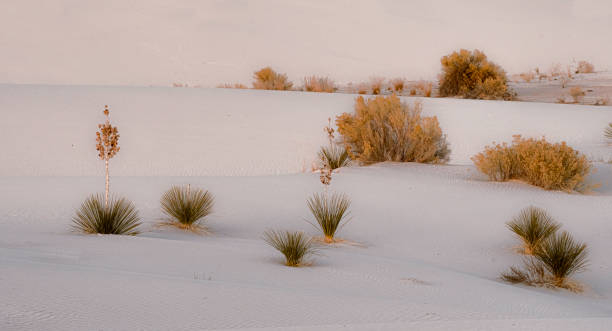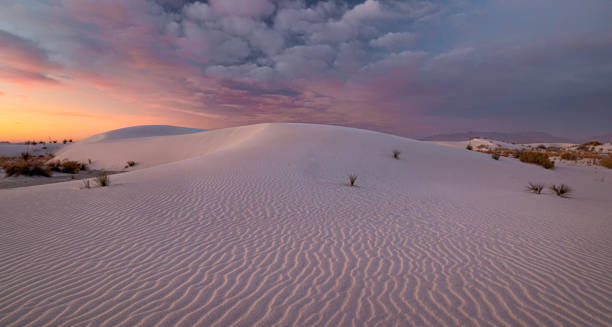Chihuahuan Desert, New Mexico
If you've ever traveled down Highway 10, you've seen the breathtaking landscape of the Chihuahuan Desert, North America's biggest desert. It contains some wonderful vegetation and creatures that you should see if you have the opportunity. Both the Arizona rainbow cactus and the grey fox are endemic to Arizona and are frequently spotted together in the wild. If you're searching for a must-see, go no farther than New Mexico's White Sands National Monument, which has white gypsum sand dunes.
It is bounded on the west by the Sonoran Desert, the Colorado Plateau, and the large Sierra Madre Occidental range, as well as the Sierra Madre Oriental range's northern lowlands. Its biggest continuous span is in Mexico, encompassing much of the state of Chihuahua, as well as parts of Coahuila, north-eastern Durango, the extreme northern section of Zacatecas, and tiny western portions of Nuevo León.
The desert is mostly a rain shadow desert because the Sierra Madre Occidental to the west and the Sierra Madre Oriental to the east, respectively, block the majority of rainfall from the Pacific Ocean and the Gulf of Mexico. The desert has an arid, mesothermal climate, with one wet season in late summer and less precipitation in early January, and the mean daily temperature of the coldest month is warmer than 0 °C. The bulk of rain falls during the North American Monsoon, when moist air from the Gulf of Mexico and the Sea of Cortez reaches the region, or, much less commonly, when a tropical storm travels inland and stalls.

















